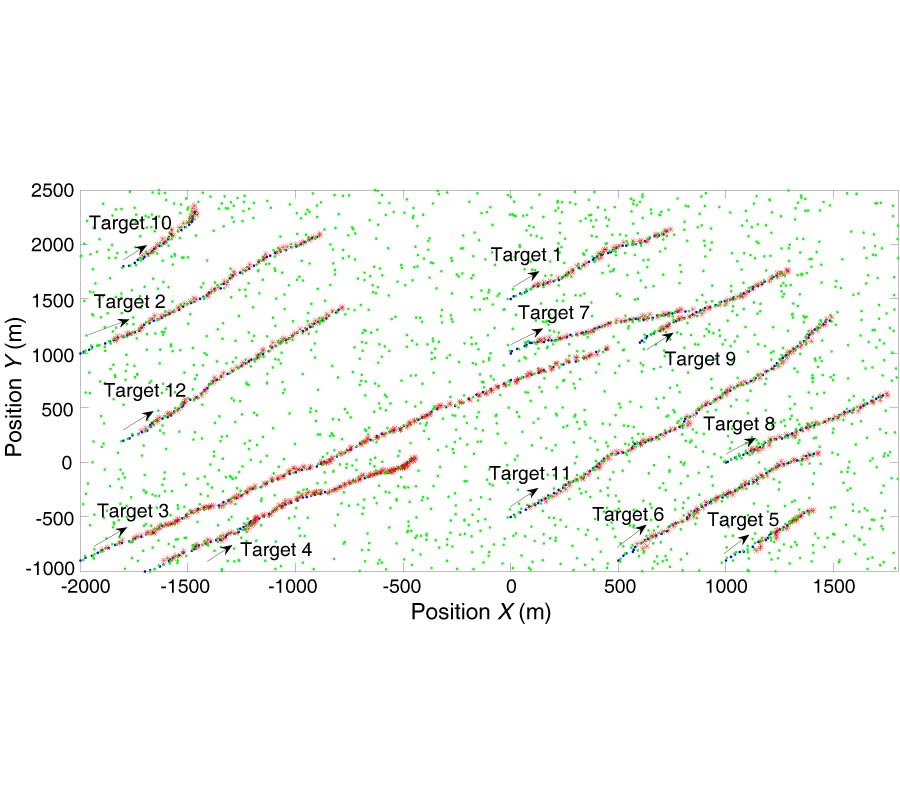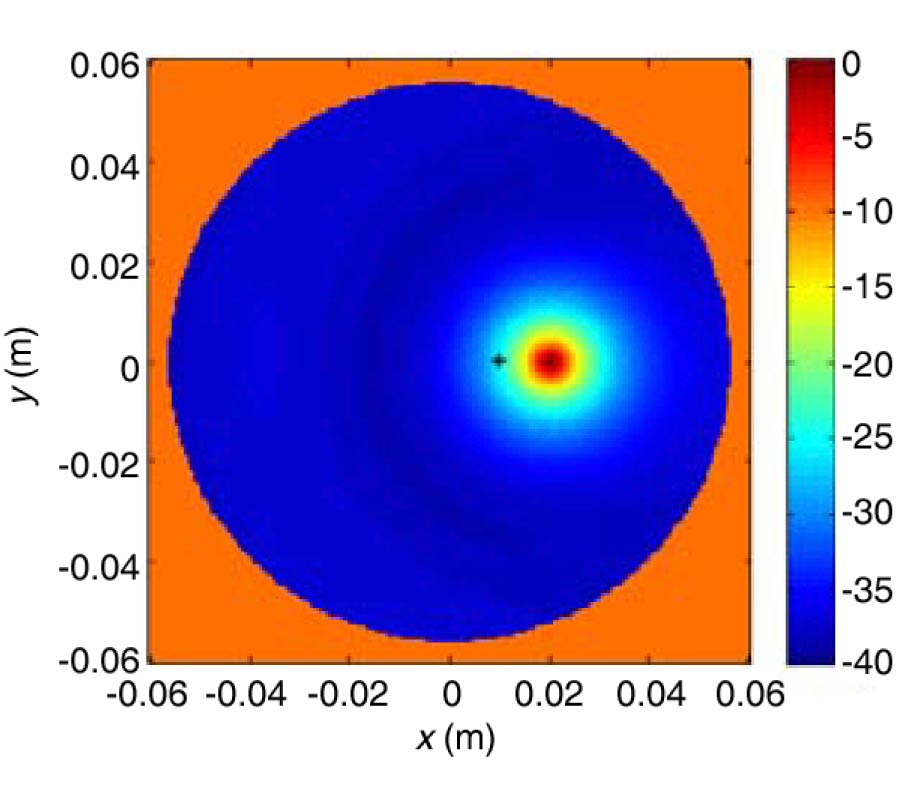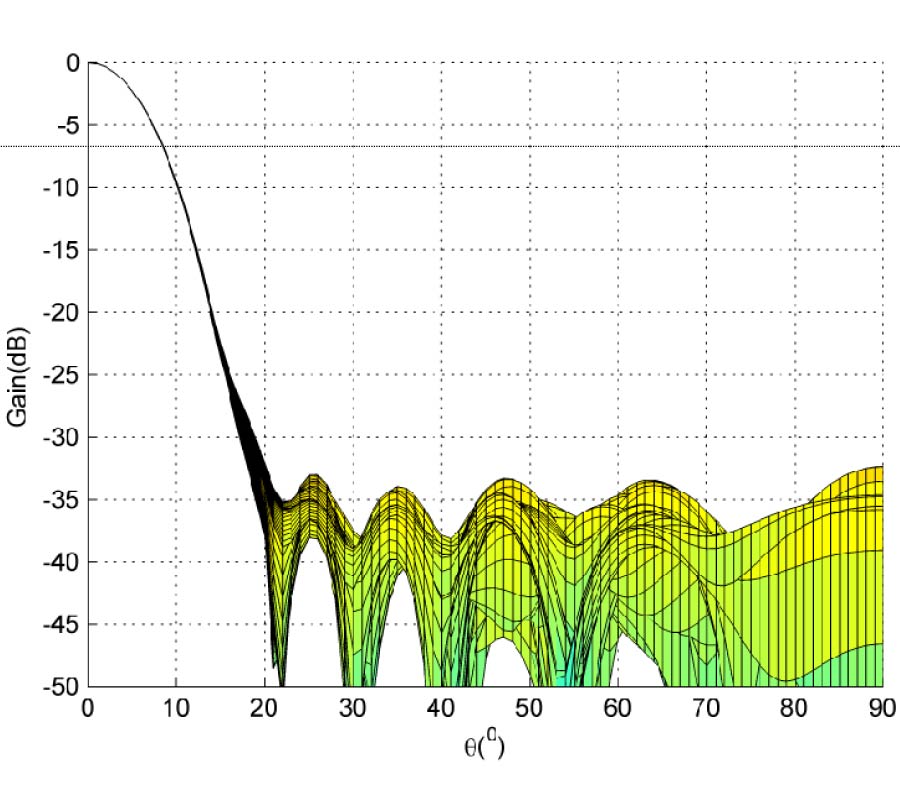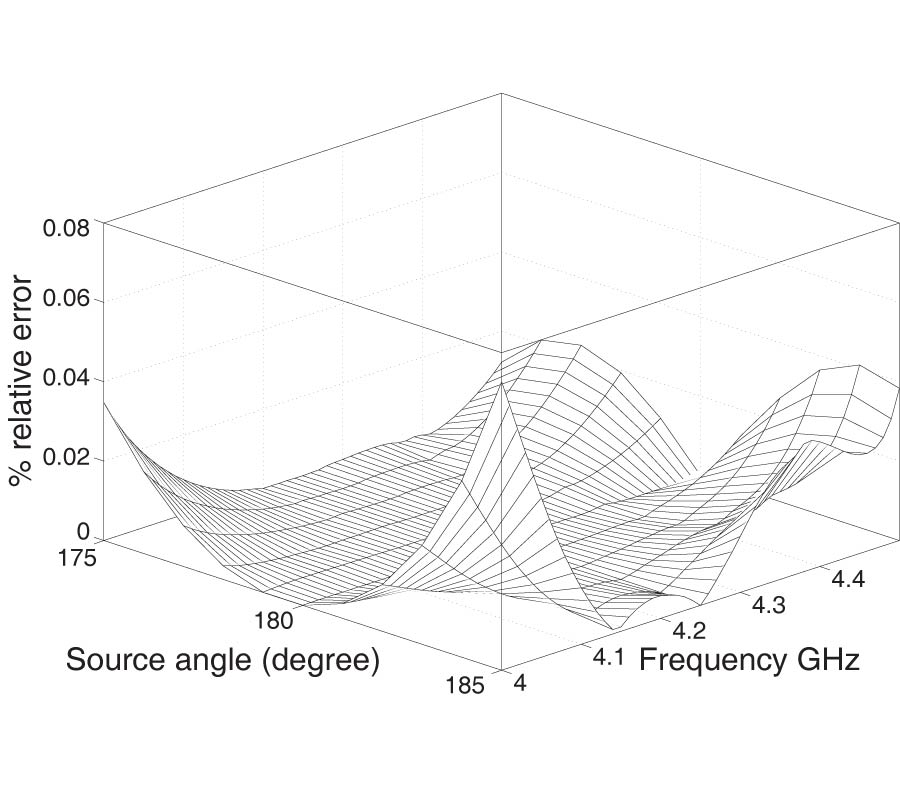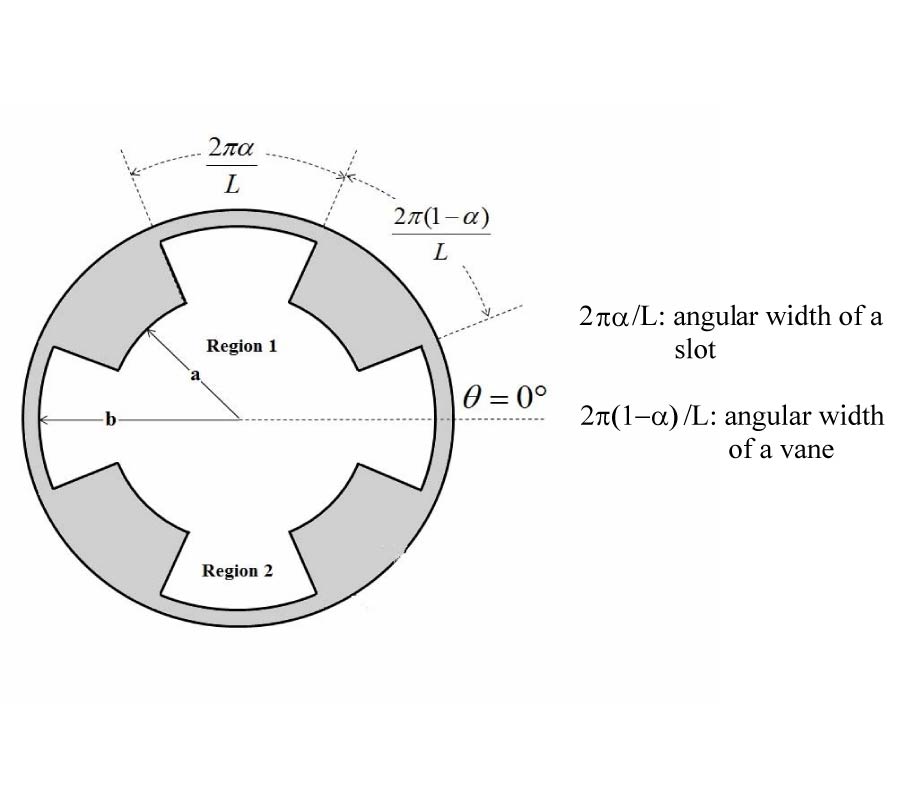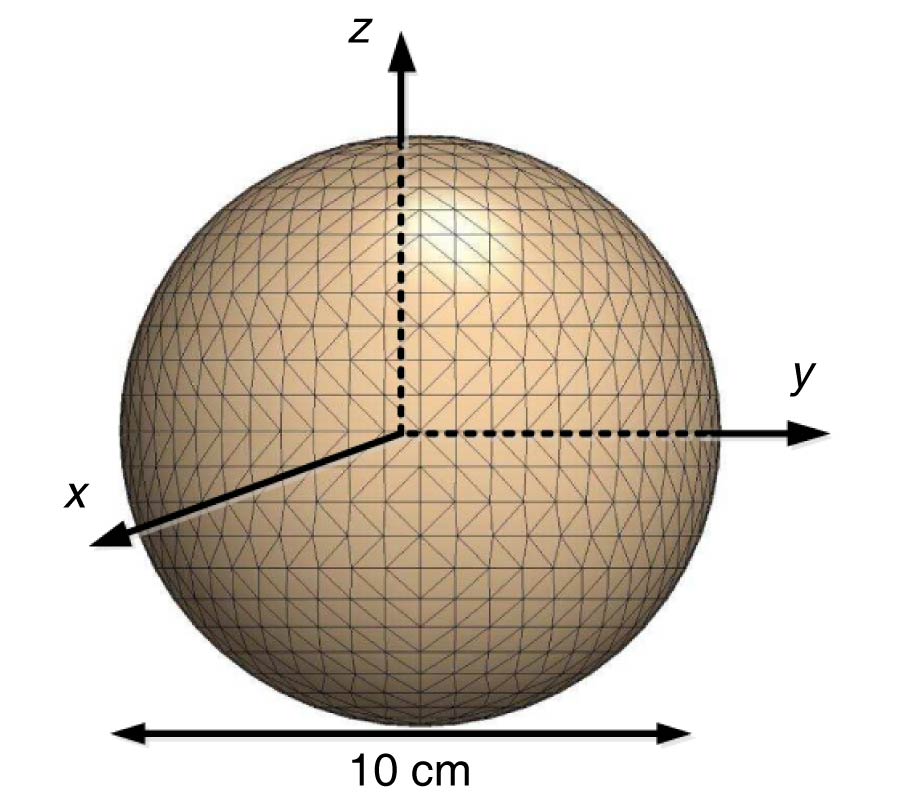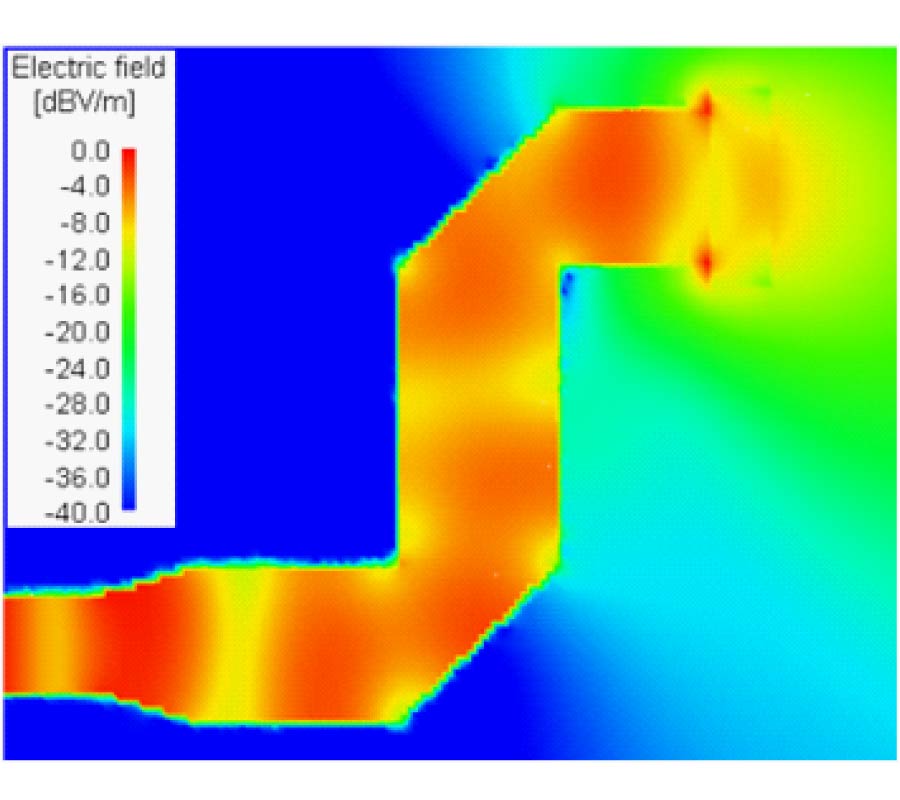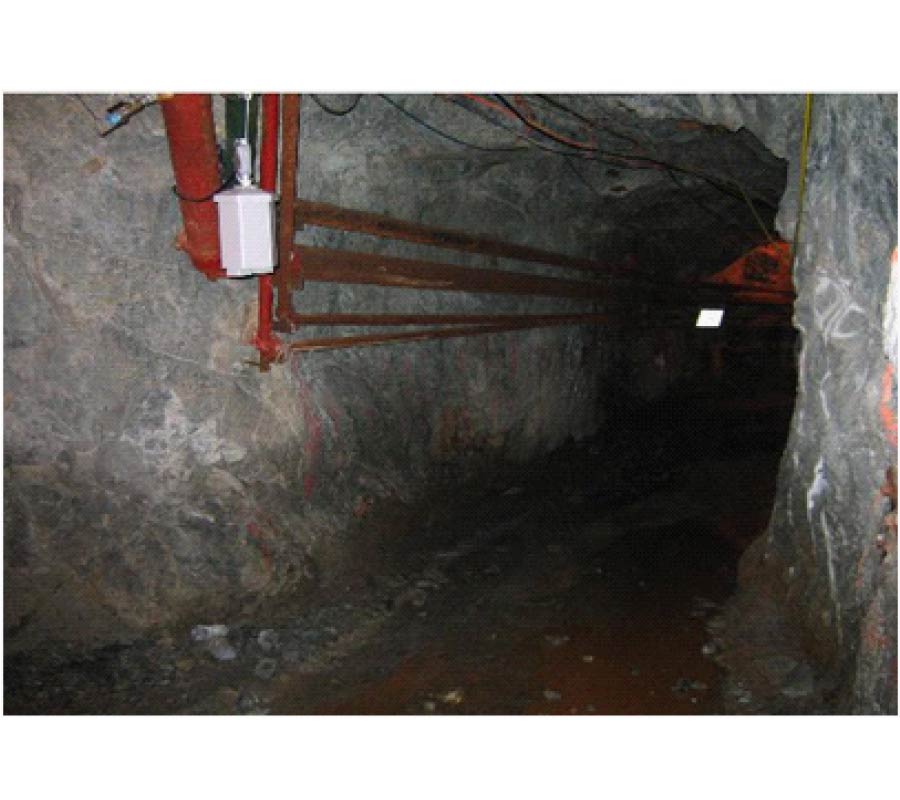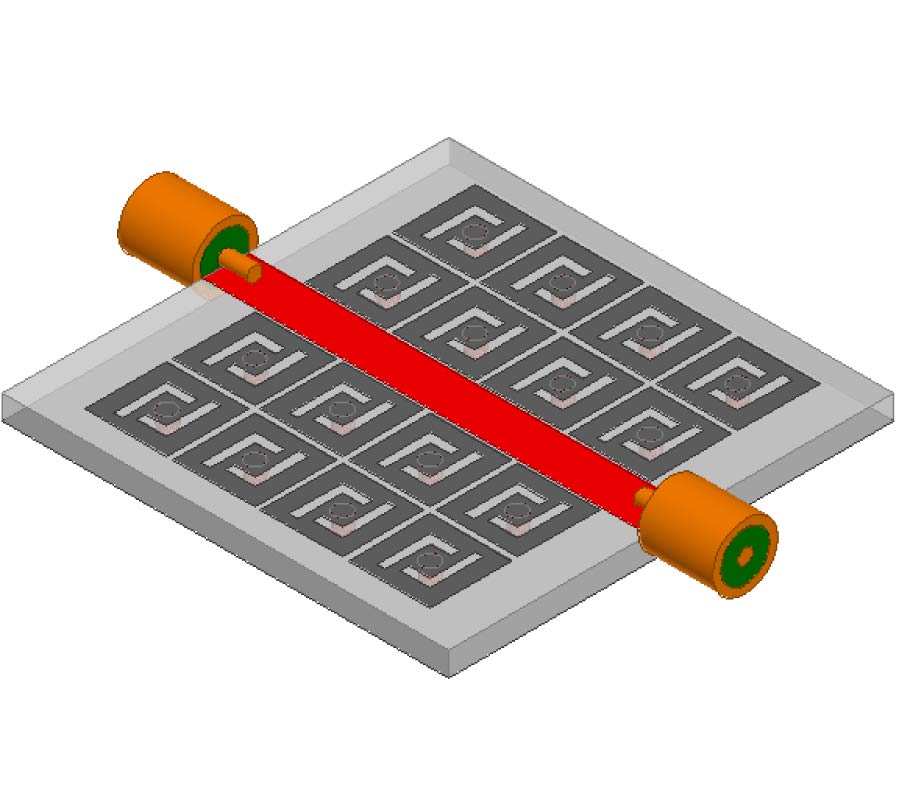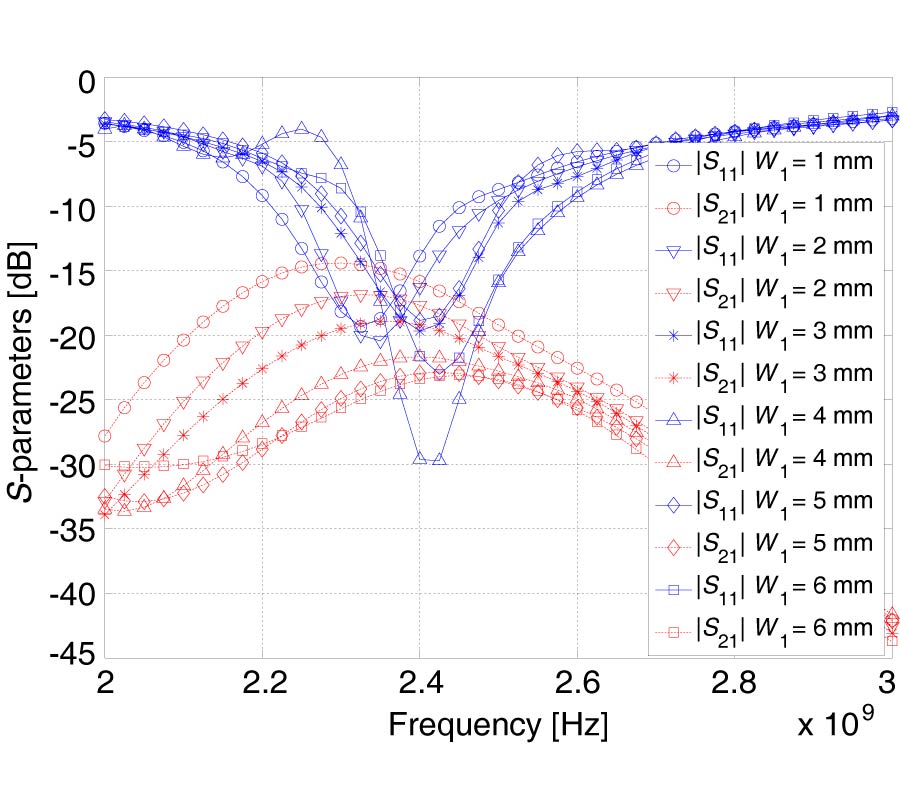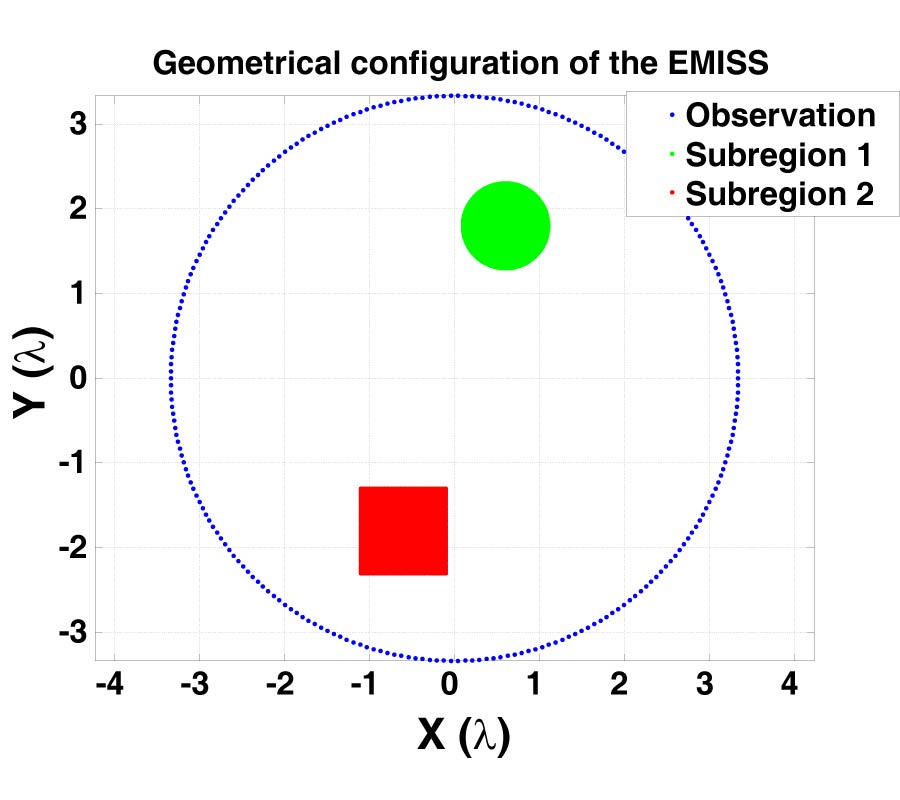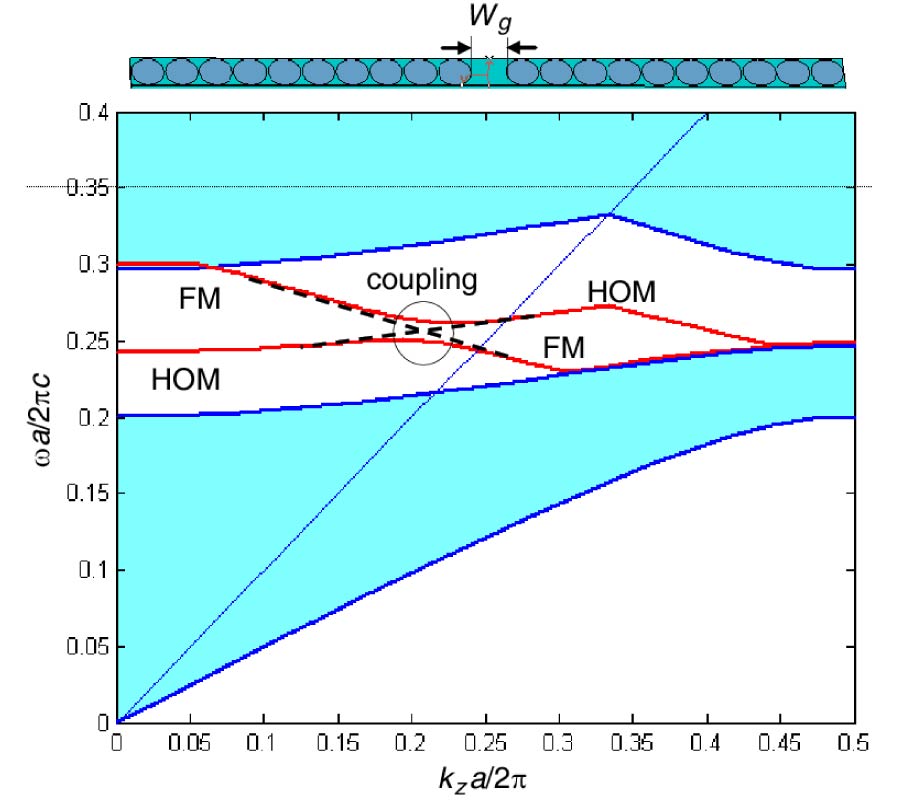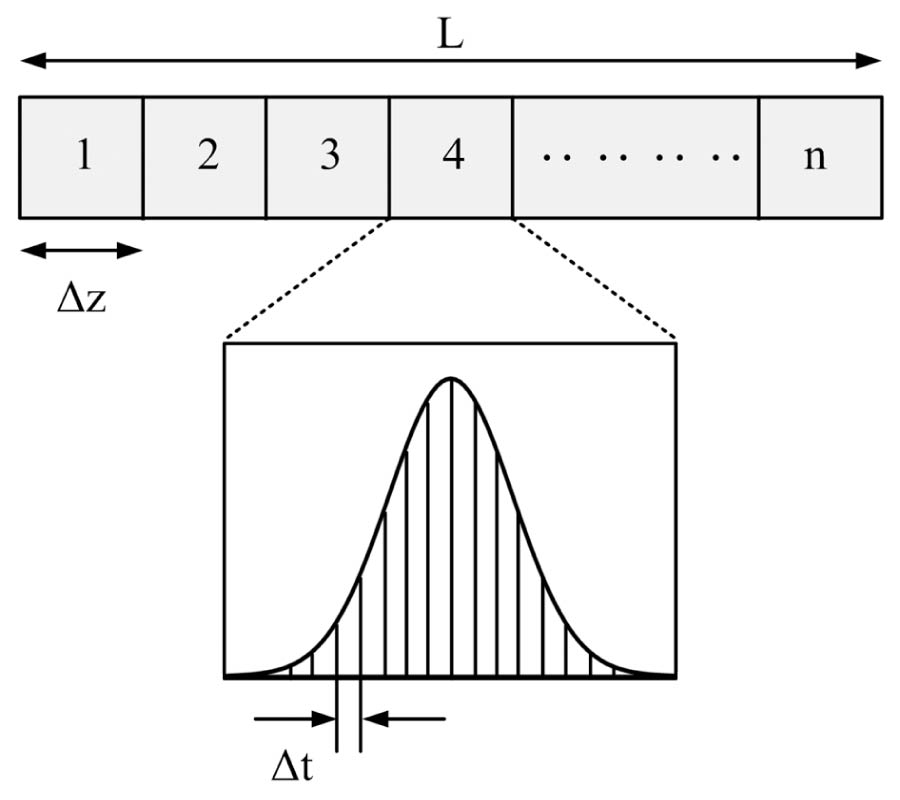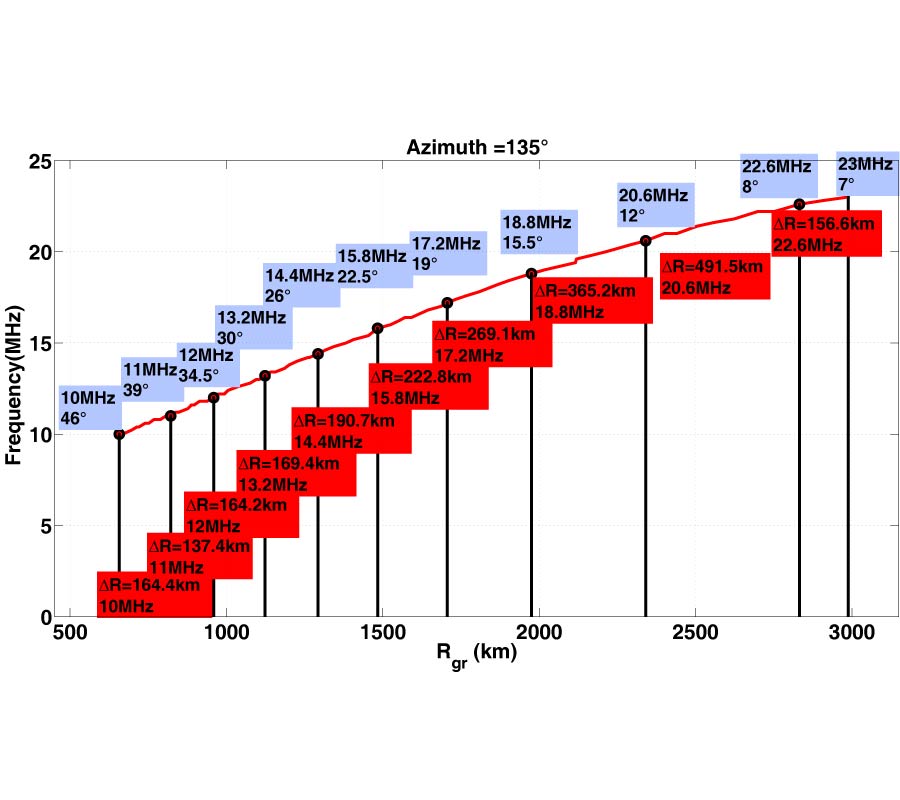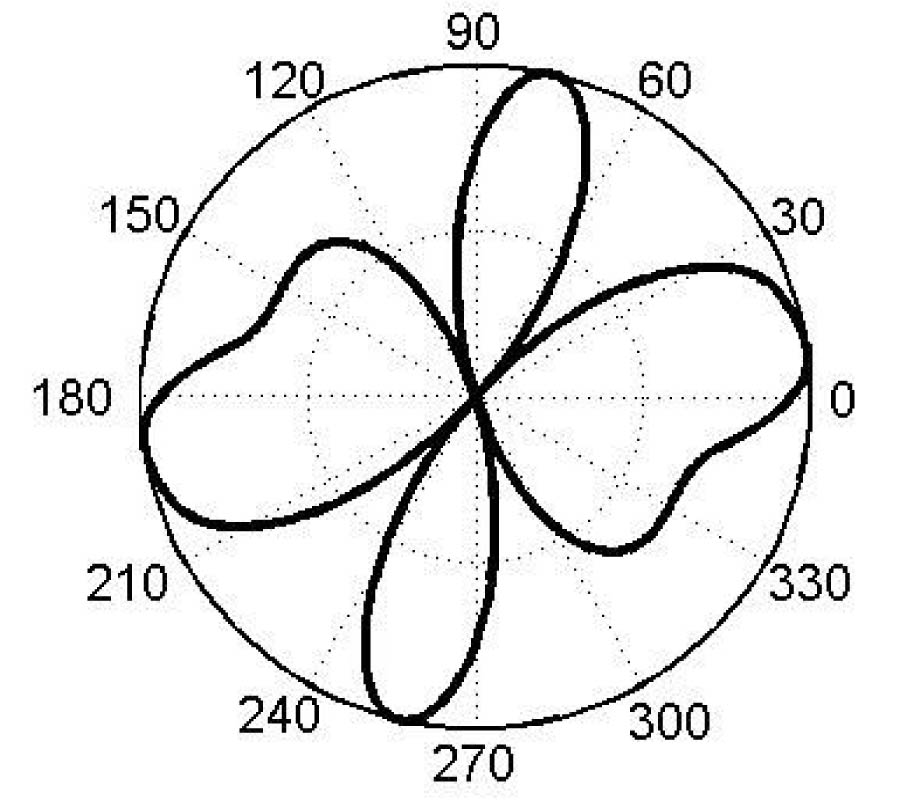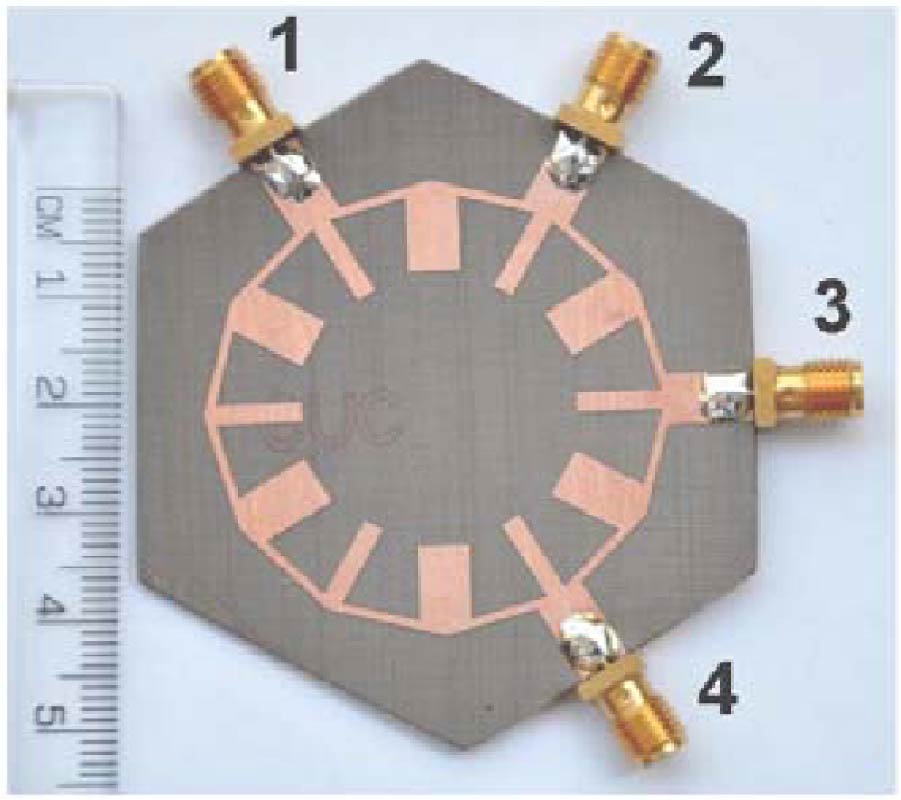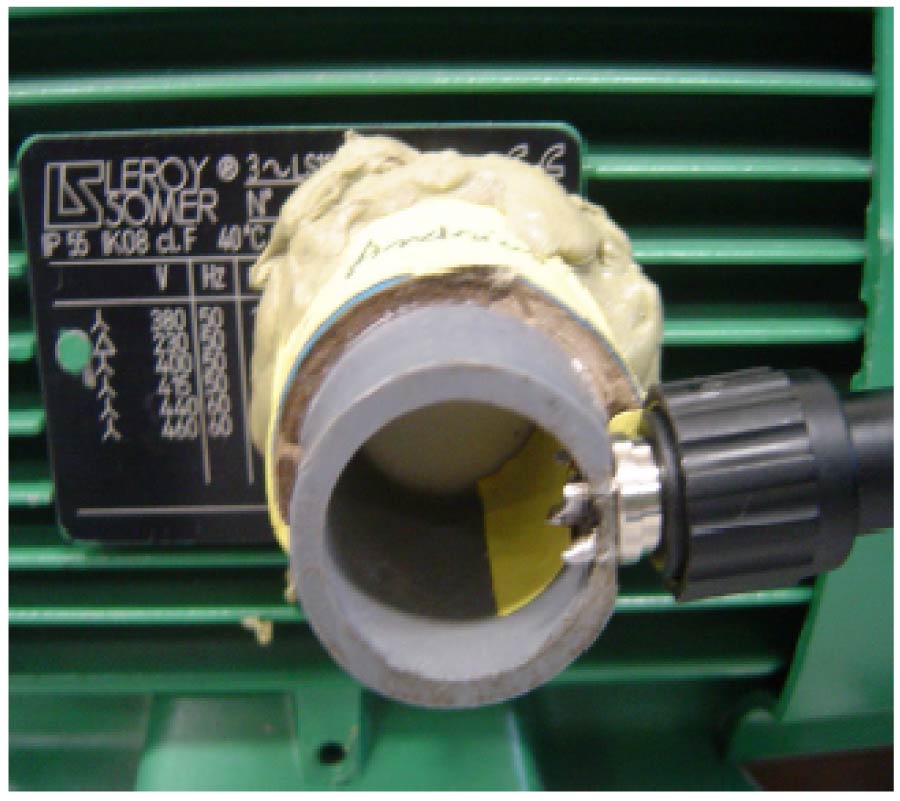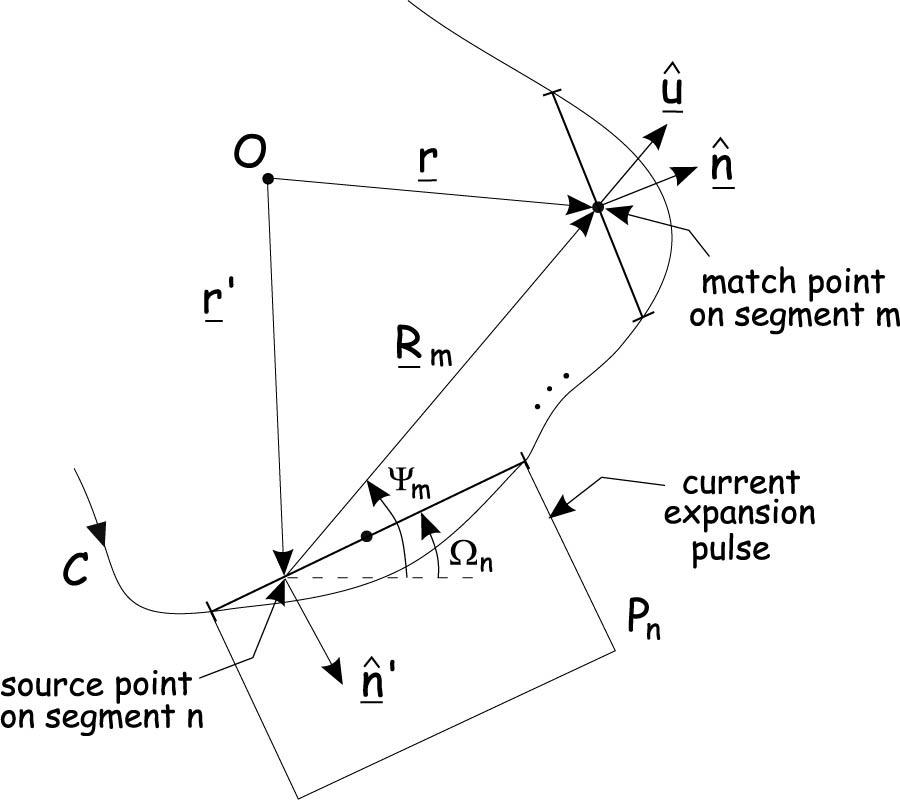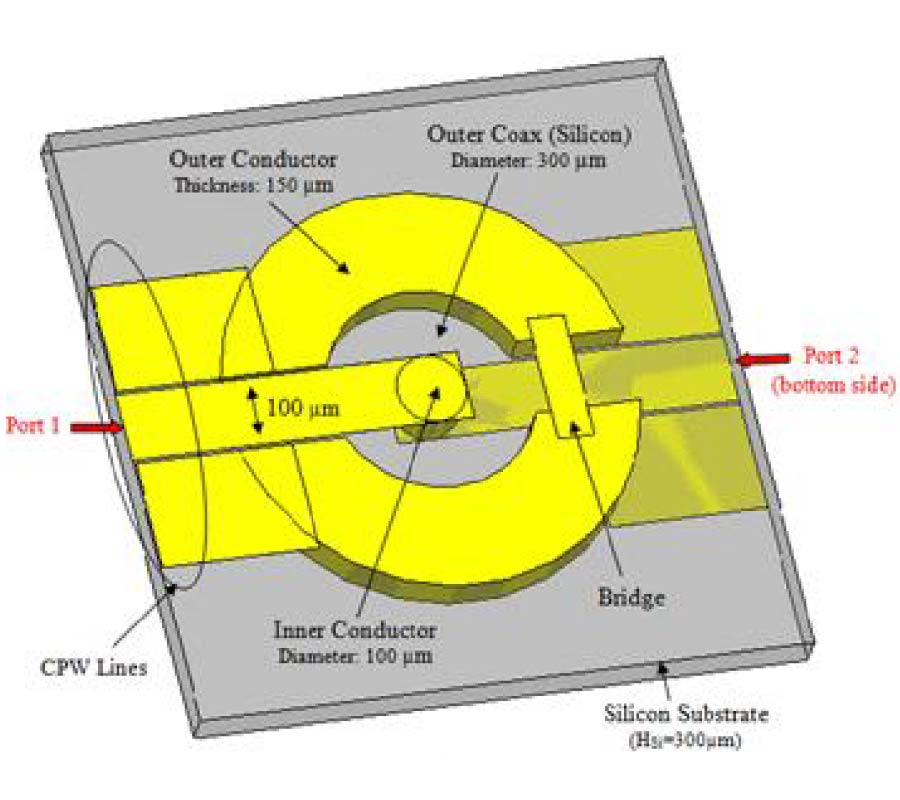Experimental Characterization of a MIMO Underground Mine Channel at 2.45 GHz
Yacouba Coulibaly,
Bilel Mnasri,
Mourad Nedil,
Ismail Ben Mabrouk,
Larbi Talbi and
Tayeb Denidni
In this paper, an experimental characterization of a MIMO underground channel is presented. A simple statistical model is proposed at 2.45 GHz. The Channel is characterized in terms of path loss, shadowing, RMS delay spread, and capacity. The measurements are carried out in an underground mine, which is a harsh confined environment. The path loss model is extracted from measured data for the line of sight (LOS) and non line of sight (NLOS) scenarios for both MIMO and SISO channels. The path loss exponent in LOS is less than 2 in MIMO and SISO as the environment has a dense concentration of scatterers. A statistical study is carried out to find the delay spread. For MIMO and SISO, there is no relation between the delay spread and the transmitter receiver distance. Furthermore, the delay spread of the MIMO is less than the one of the SISO channel in the LOS measurement campaigns. Aikake information Criteria are used as a goodness of fit for different statistical distributions to represent the delay spread. According to the calculated capacity for a constant signal to noise ratio in LOS case, the transmission performance is significantly improved by using the MIMO scheme over the traditional SISO. Therefore, MIMO is an ideal candidate for future wireless underground communications.
